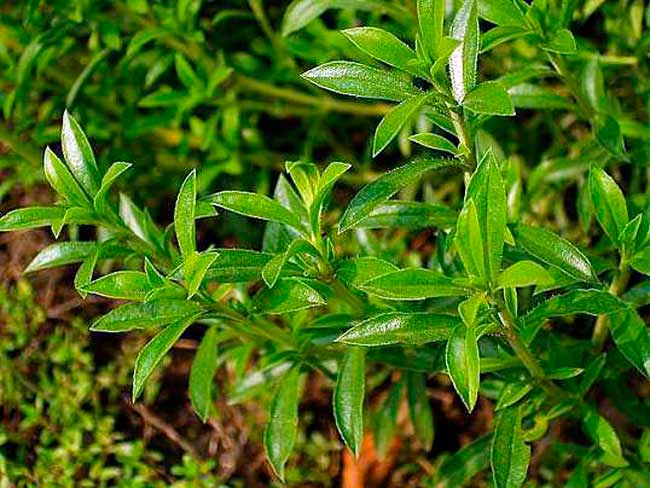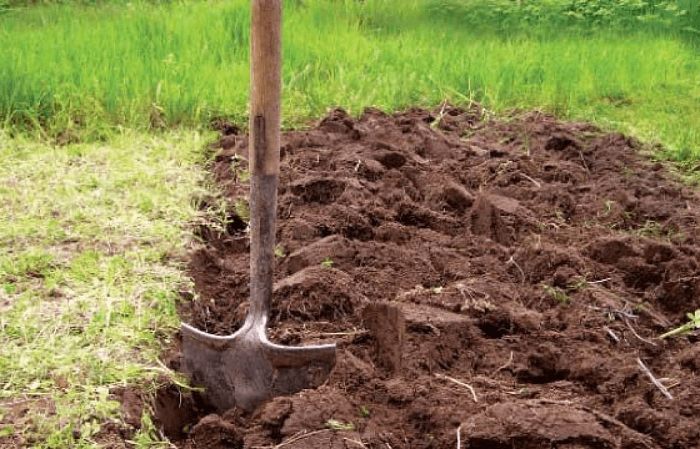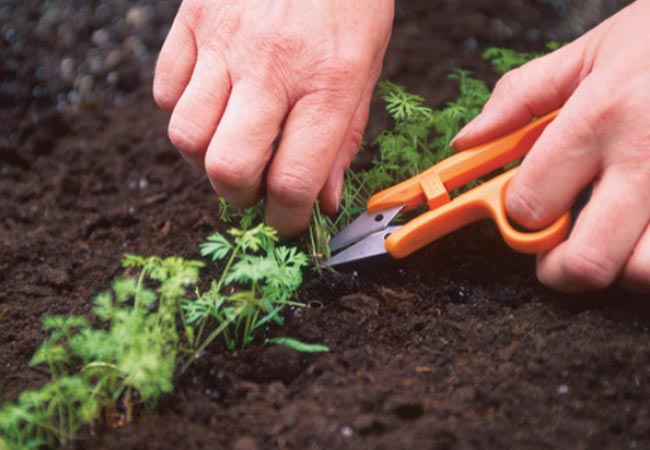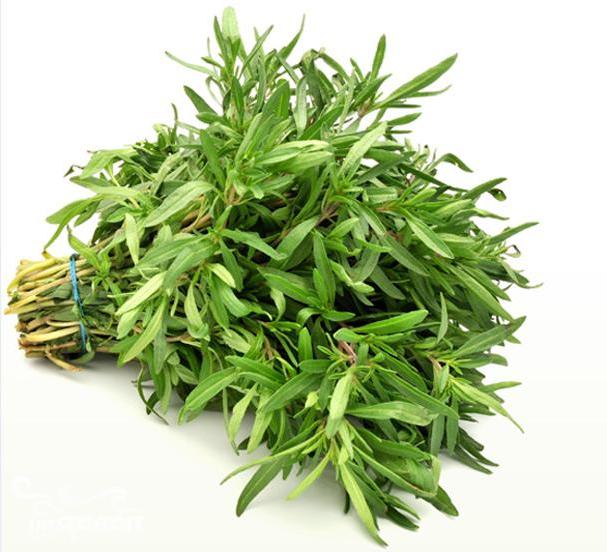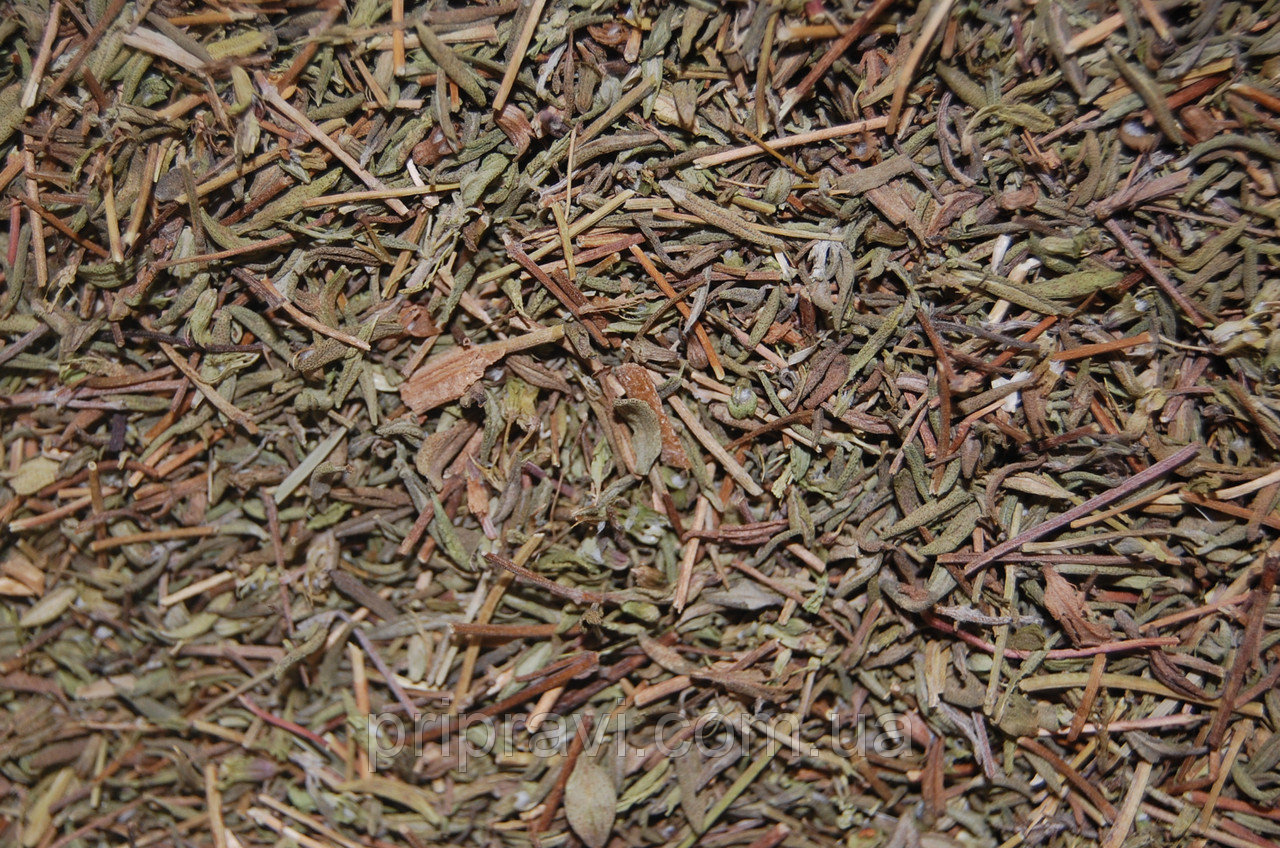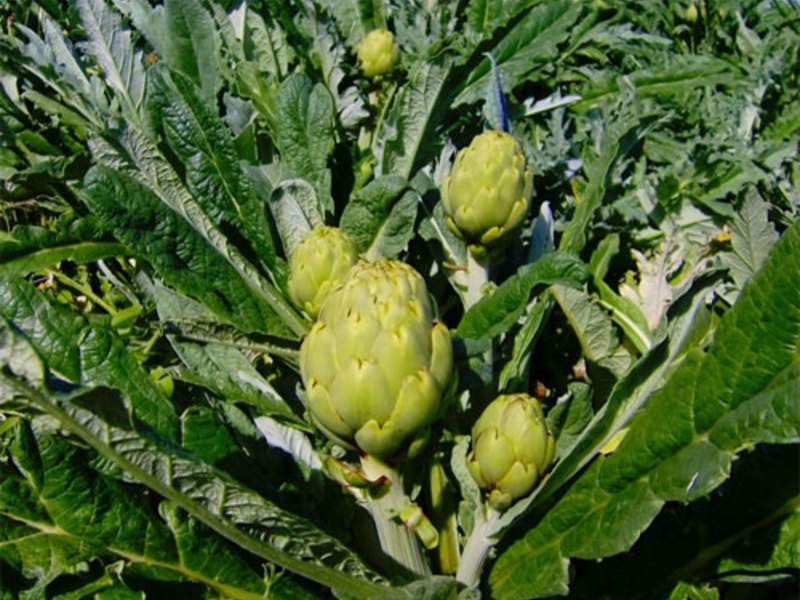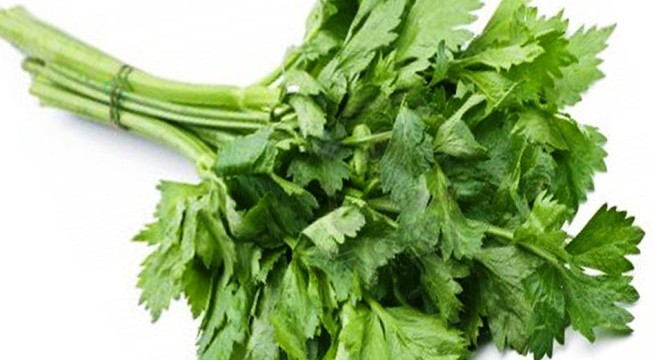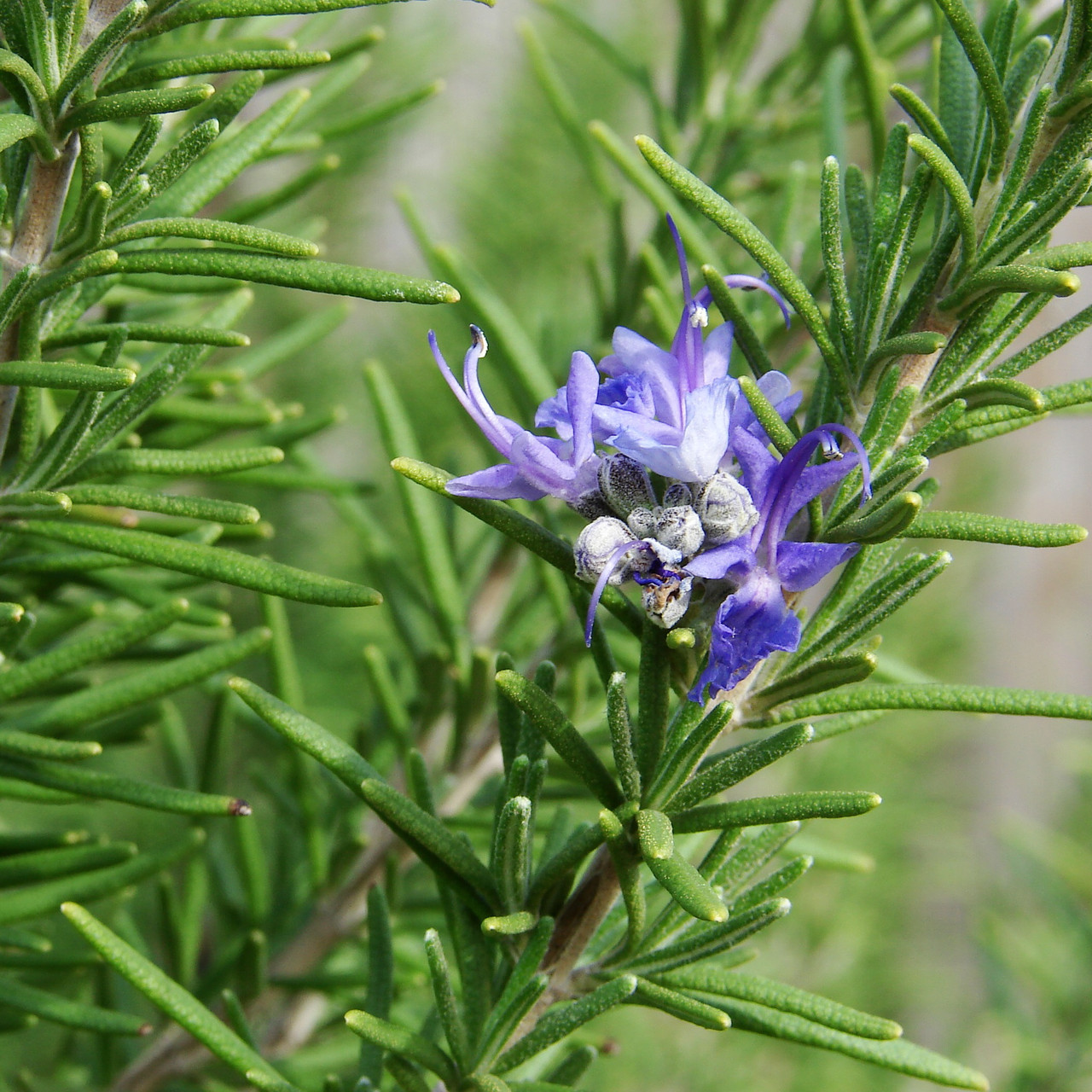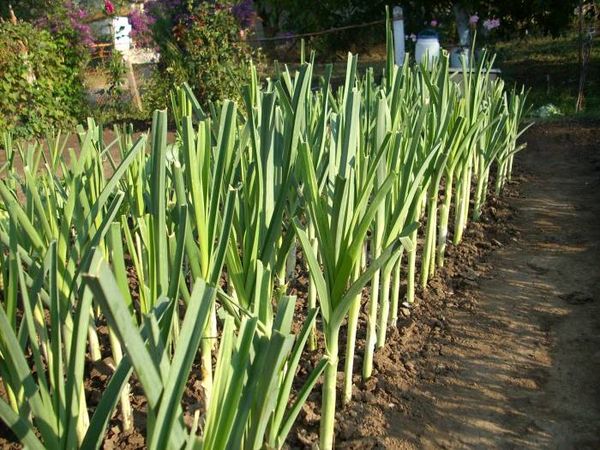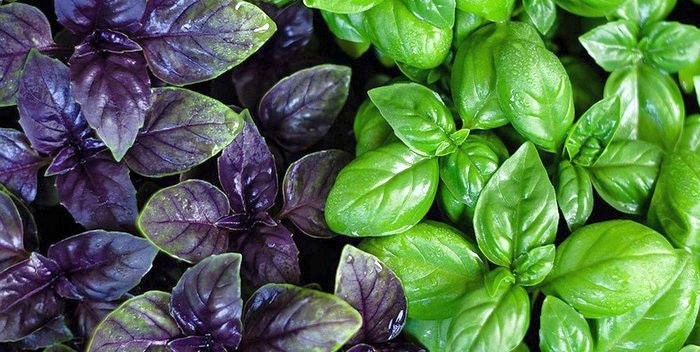Content:
Savory is an annual herbaceous plant culture, belonging to the Lamb's biological family. Used as a spice in cooking, this aromatic herb is also referred to as pepper grass. The height of the branched semi-shrub is more than half a meter. Narrow dark green leaves, the average length of which reaches 2 centimeters, are pointed at the ends. The color of flowers in the flowering stage, which occurs in mid-summer, can be represented by one of the possible variations:
- light purple;
- light yellow;
- pink.
Savory is a melliferous plant. Seed color is dark brown. Seed material does not lose such a useful agrotechnical property as the ability to germinate for more than 5 years from the date of collection.
This plant can be grown in any region of our country, including the Moscow region. However, the natural conditions where mountain savory grows are rocky slopes and rocks located in the following regions:
- Mediterranean countries;
- Crimea;
- states of Central Asia.
The addition of savory, the Douglas savory variety, also referred to as Indian mint, is considered especially suitable for this, in order to improve taste it can be used in many culinary products:
- meat dishes;
- first meal;
- canned cucumbers;
- homemade sauces;
- vegetable side dish;
- smoked meat;
- canned mushrooms;
- dairy;
- canned tomatoes;
- smoked sausages;
- making a tea drink.
Seasoning based on perennial or annual savory belongs to a lower price segment, in comparison with ginger, pepper or cloves.
The list of medical qualities possessed by medicinal savory includes:
- bactericidal properties;
- strengthening effect on the body;
- improving the functioning of the gastrointestinal tract;
- help with angina;
- treatment of respiratory infections.
Also, sweet savory can serve as a decorative element in decorating the following types of garden objects:
- alpine slide;
- artificial reservoir;
- garden path.
Agricultural technology of cultivation
The soil for planting a fragrant garden savory should be sufficiently fertile, have a light consistency, and its pH should not be lower than 6. In addition, grow savory, provided that moderate soil moisture is provided and a loose structure is maintained, possibly on one of the following types of soil :
- loamy;
- sandy loam.
This herb should be planted in an open, well-lit area.
Before planting savory, the planting area must be cleared of weeds, in particular from:
- breeding underground stems;
- forming offspring in the form of a root system.
Reproduction of culture
A herbaceous plant like garden thyme can multiply in two ways:
- From seeds;
- Carrying out cuttings.
Growing by seeds in the open field
Suitable months to start growing savory from seeds in the open field are:
- April;
- November.
Sowing is carried out at a centimeter depth, keeping a 20 centimeter distance between furrows. On an area of 1 m2, 0.4 grams of seed is planted. To maintain the moisture in the upper soil layer at the proper level, the ridge should be covered with a non-woven material. 3 days after planting, future seedlings must be watered. Next, the seedlings are thinned out, in which the most healthy shoots are first preserved at a 7-centimeter distance from each other, then at a 10-centimeter distance.
Seed growing of seedlings at home
For room germination of seedlings, it is necessary to prepare containers for planting. The best month to sow seed at home is March. Before starting sowing, the seeds should be placed on a damp cloth for several days, and then dried to a loose state. The processed planting material is embedded at a centimeter depth, observing a 4-centimeter distance between plantings.
Sown seedlings must be sprayed with a spray bottle. After the emergence of shoots, which occurs after 8 days from the moment of planting, the shoots must be opened.
Further care of seedlings is as follows:
- watering in moderation;
- providing bright diffused lighting;
- hardening in the open air for 2 weeks before disembarkation.
Reproduction of savory vegetatively
Since seed reproduction is considered the most preferred method, it is rare for the gardener to resort to the vegetative method.
Vegetative propagation is carried out using one of two techniques:
- rooting of stem cuttings;
- deposition of basal processes.
How to care for a plant
Watering savory when planting and nursing in the open field is necessary in moderation. The earthy ball should not be overdried or excessively wet. Watering work should be done every two weeks.
Removal of weeds must be carried out regularly. Providing the required amount of oxygen to the soil material is possible with periodic loosening to a 2-centimeter depth.
Before planting, as well as with the onset of the autumn season, after the end of the harvest, complex fertilizers should be applied to the soil. For an area of 1 m2, it is necessary to add nitroammophoska at the rate of 20 grams per 10-liter volume of water. Before sowing, urea can be added at the rate of 20 grams per 1 m2.
Harvesting and storage
It is not enough just to know how to grow savory properly - this spice must be properly collected and harvested. A suitable time for harvesting is considered to be the transition of the plant into the first period of the flowering stage. However, despite this condition, you can collect the sheets for use in preparing salads throughout the season.
Use a sharpened knife to trim the pepper grass. The maximum height of the shoots left above the surface of the ground should not exceed 10 centimeters. The harvested grass should either be used directly after cutting or placed in water to avoid drying out for several days.
Long-term storage of fragrant garden savory is possible after harvesting it by drying. To do this, on a dry woven or parchment surface, it is necessary to spread the branches of the cut grass in one layer. Next, the workpiece is placed in a ventilated room, protected from sunlight.
After the grass has completely dried, the leaf part, along with the flower beds, must be cut off and stored in tightly sealed glass containers or in small fabric bags. Dry spices should be periodically checked for signs of decay.
Seed material is obtained by completely cutting off ripe grass, which must be hung to dry with flower beds from top to bottom on pre-laid paper. After the final shedding of the seeds and their complete drying, they are distributed by handfuls in paper bags.
Sweet savory is a spicy herb, planting and caring for which is not difficult, since it is not a vegetable or an exotic crop, any vegetable garden can serve as a place for its cultivation. However, a crop harvested in one season and properly harvested can be used for several years. In addition, the decorative appearance of flowering grass allows it to serve as a wonderful element for decorating landscape design.
Also, savory aromatic - it is fresh herbs for dressing various dishes: homemade or cooked for a picnic, and a very useful medicinal herbal component, used both in dried form and found use in medical preparations (however, before using any medications, it is recommended to find out is there a contraindication for use).
